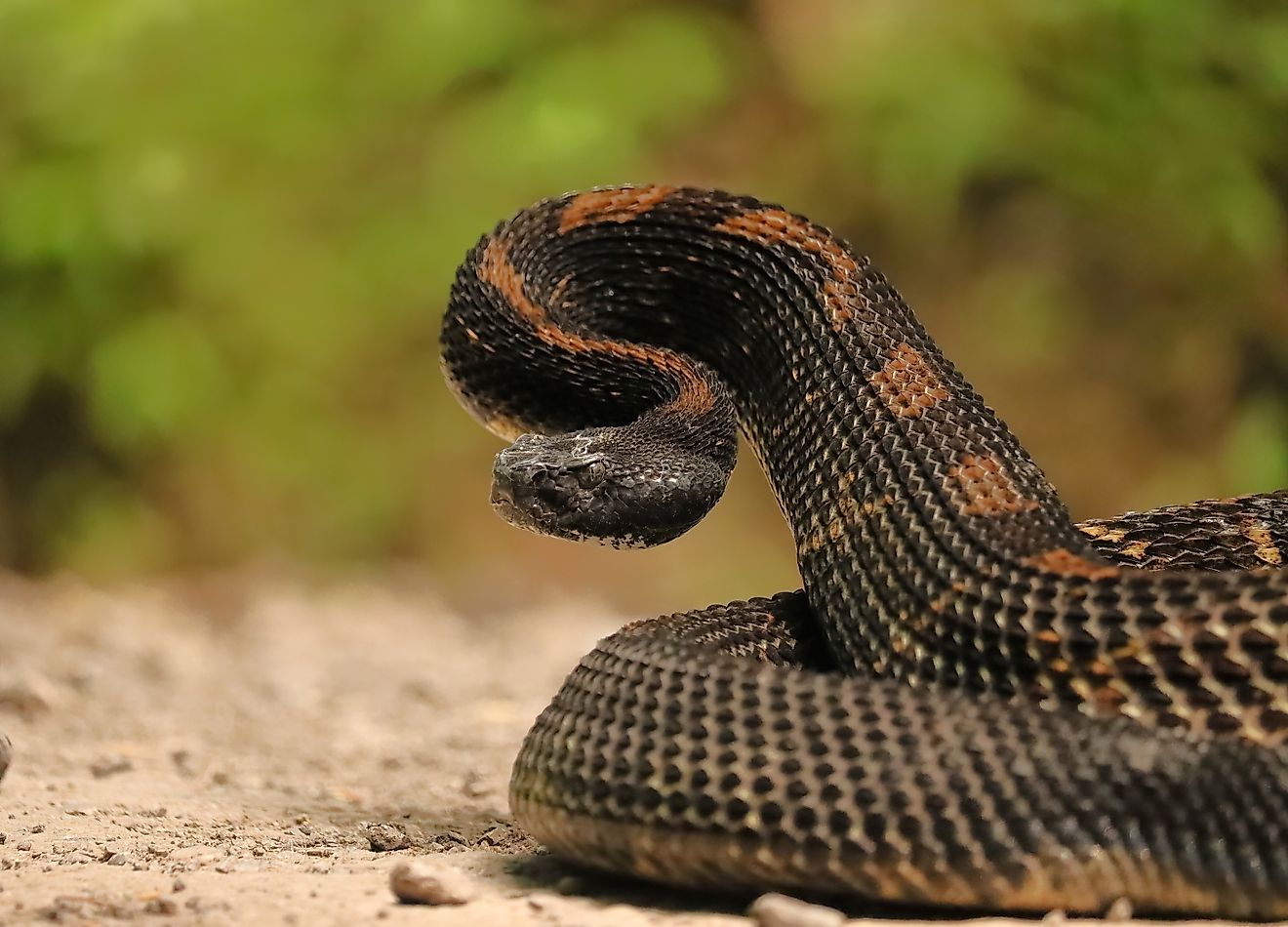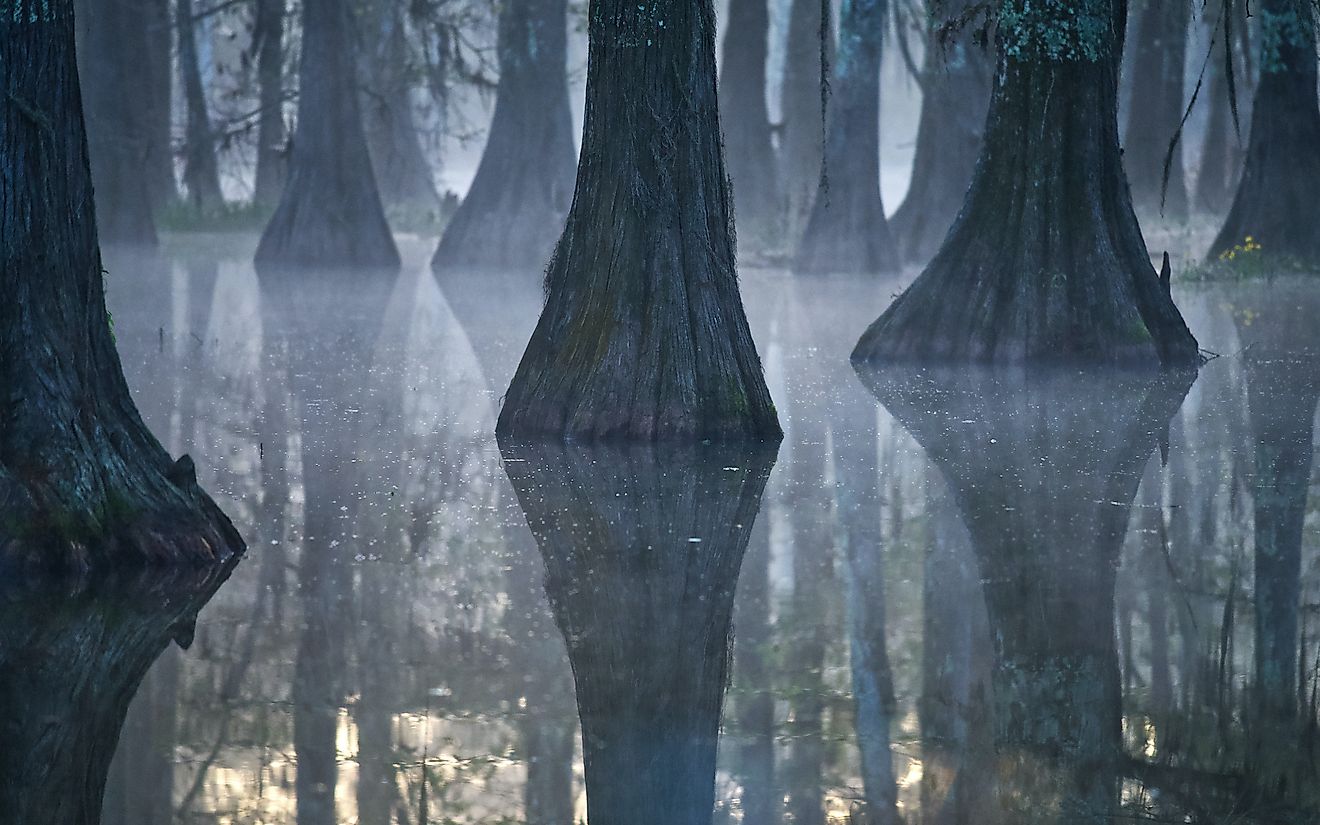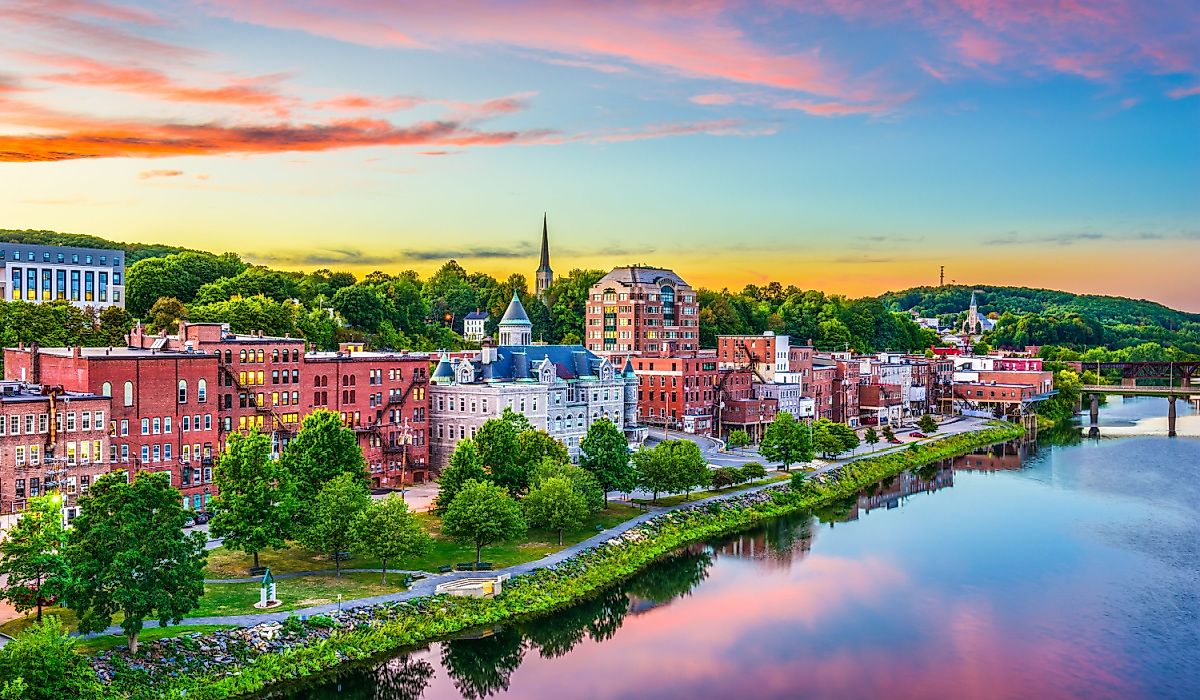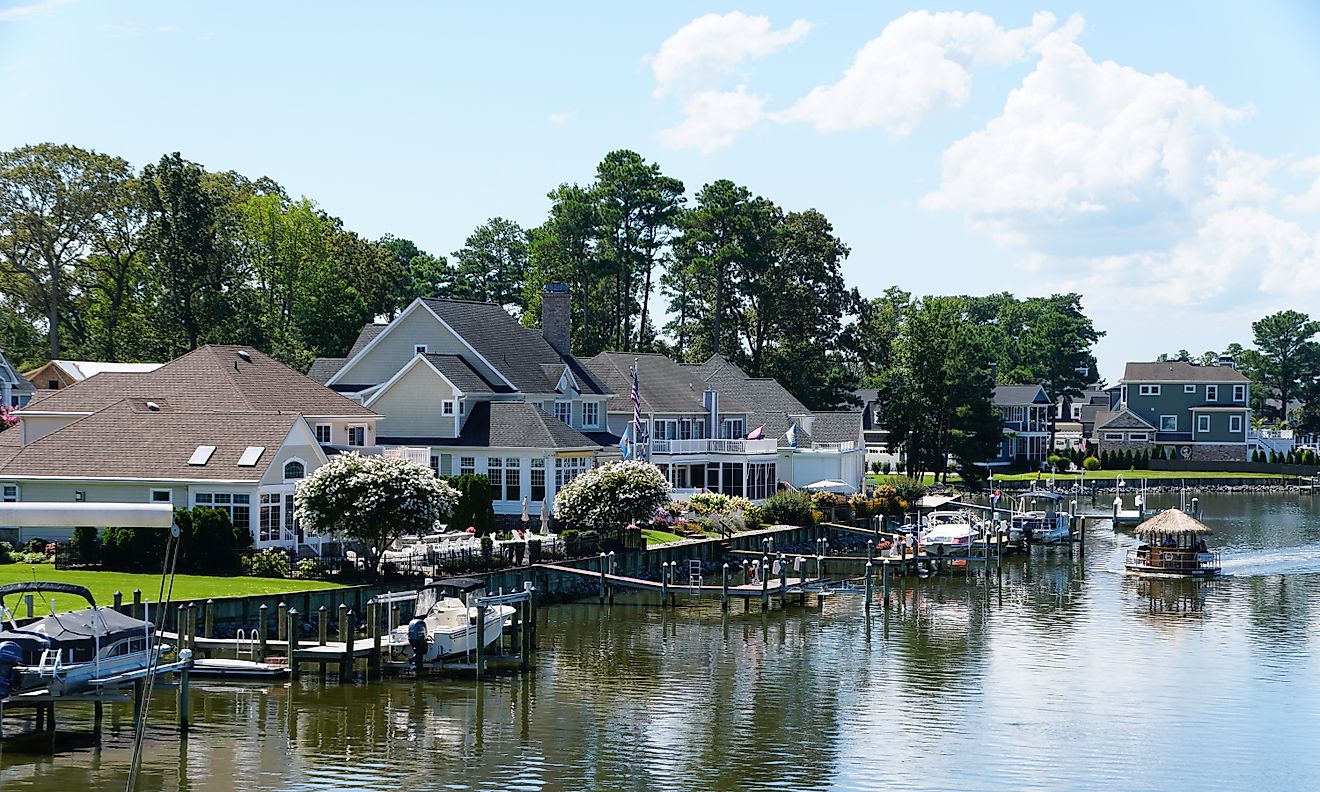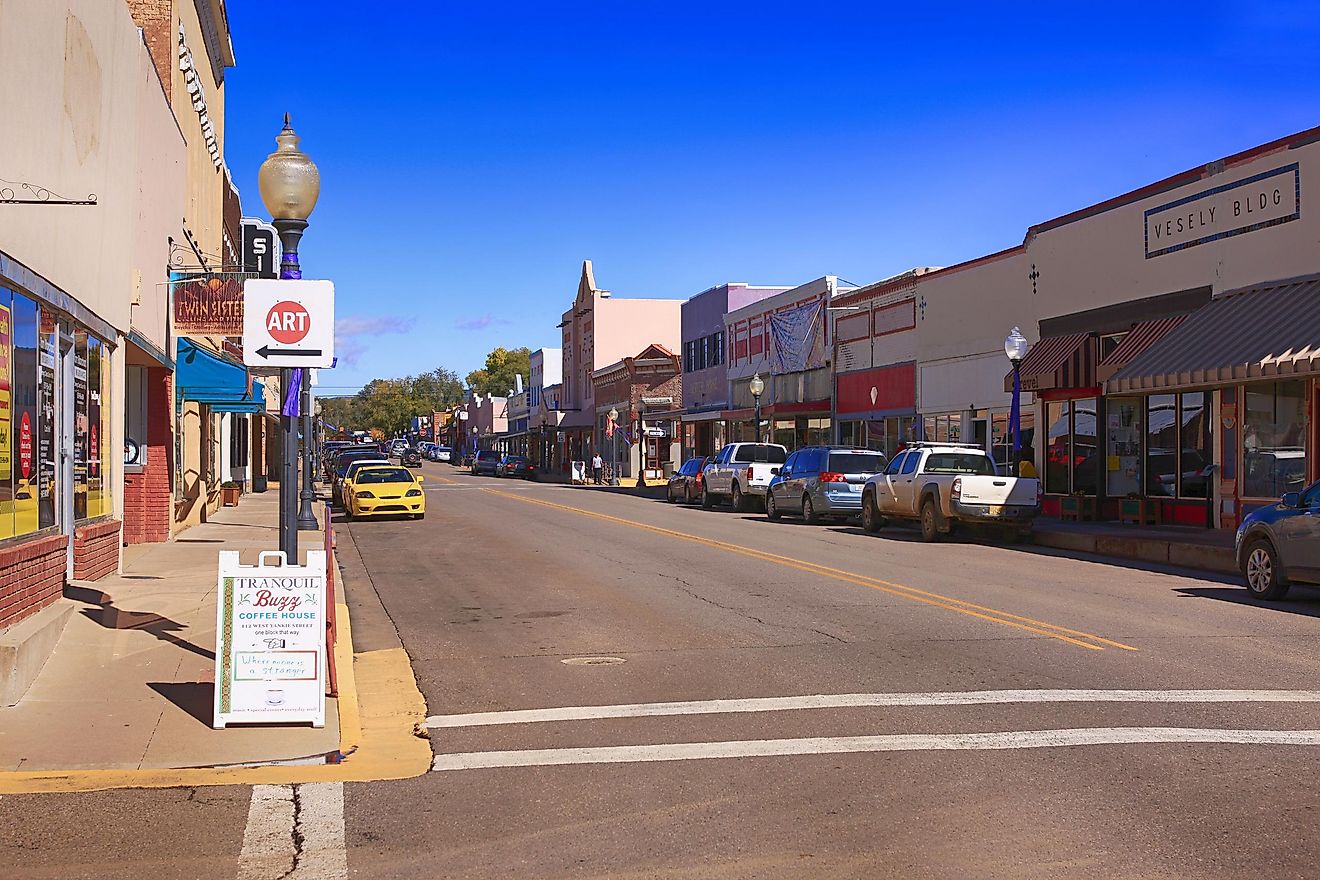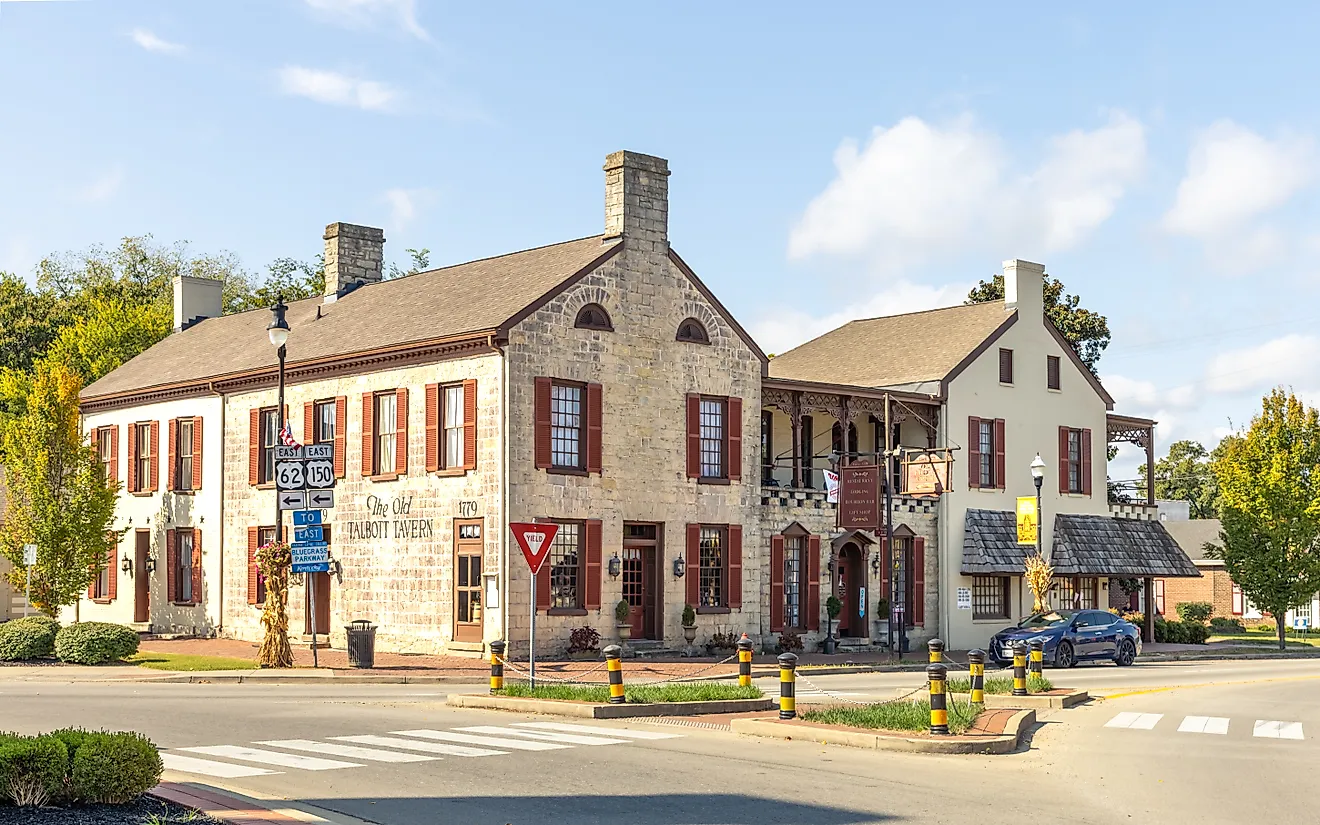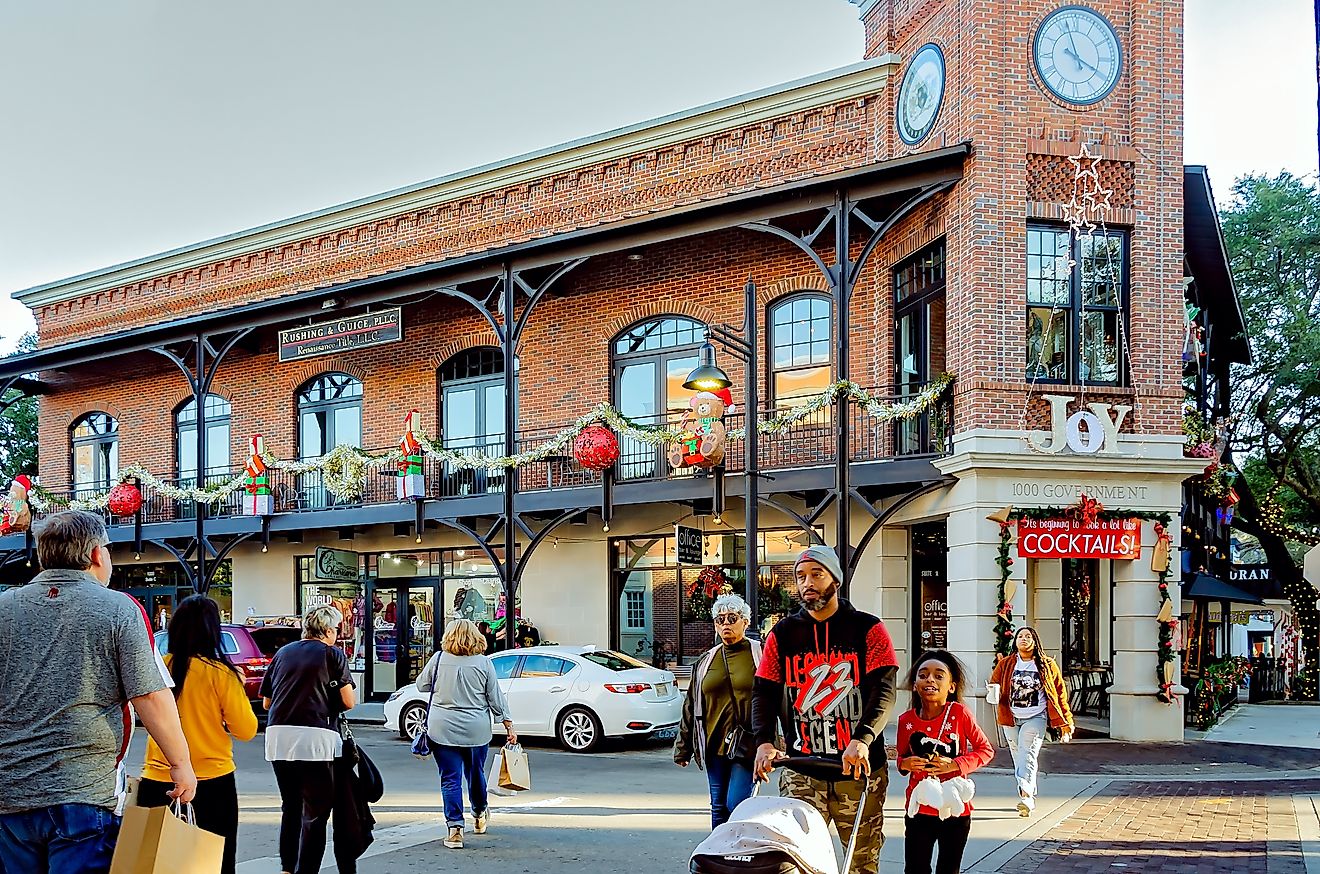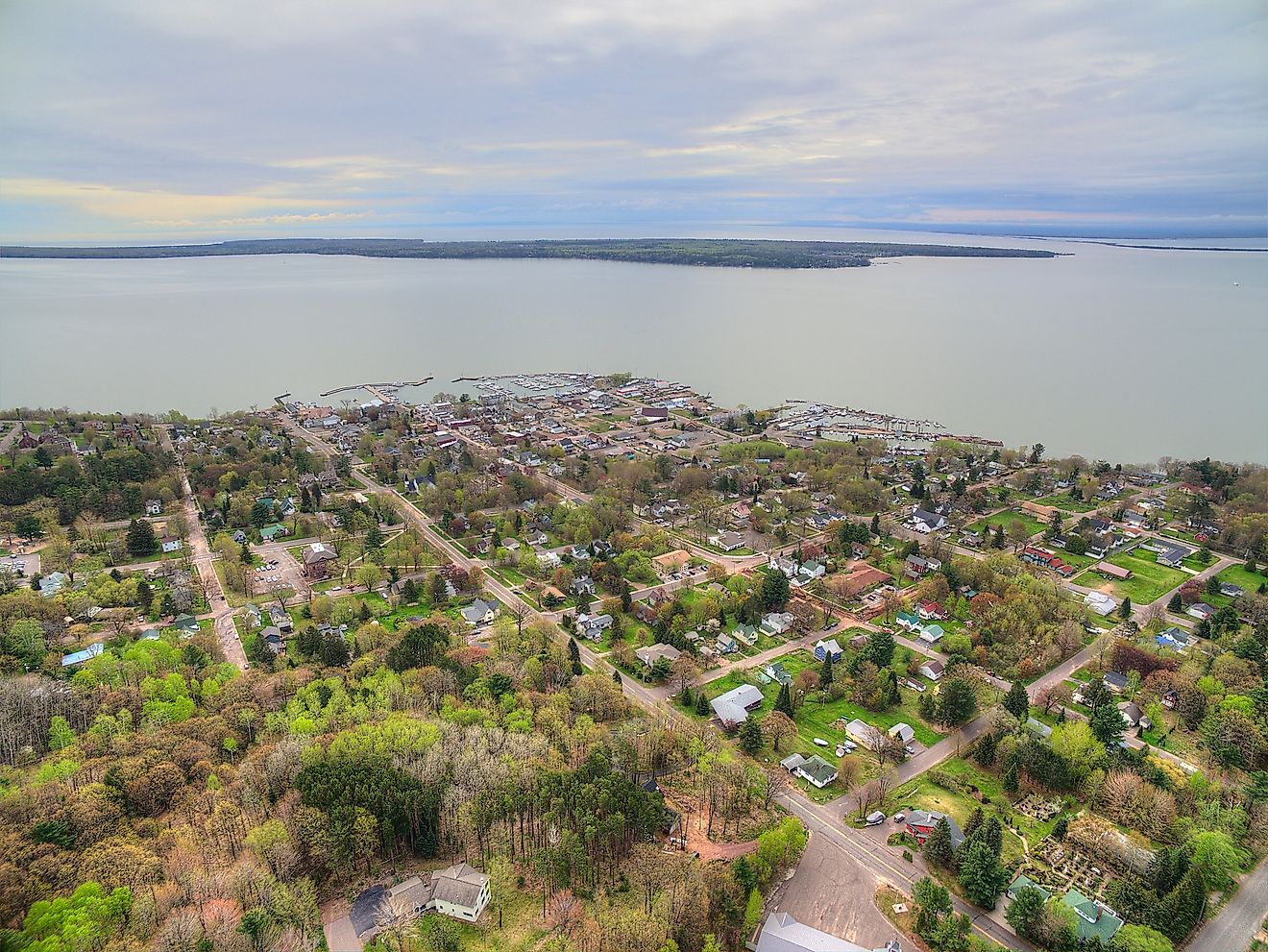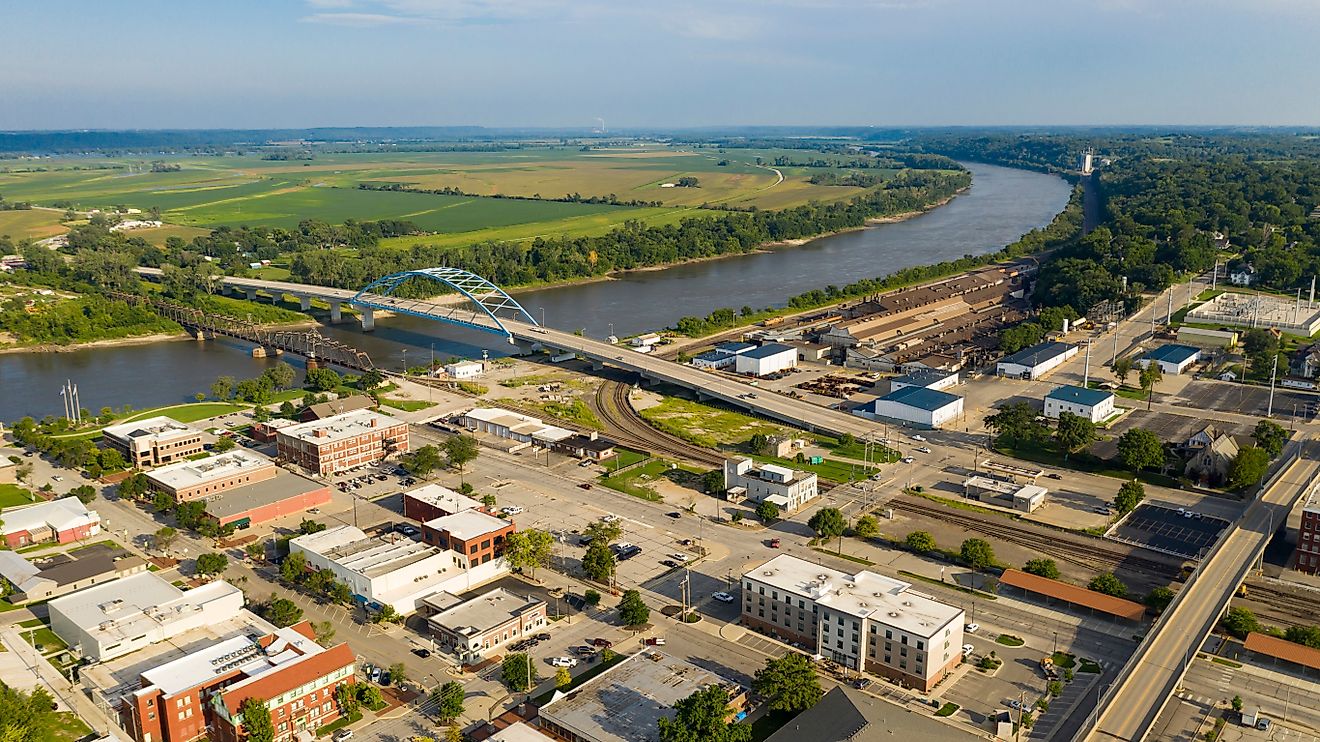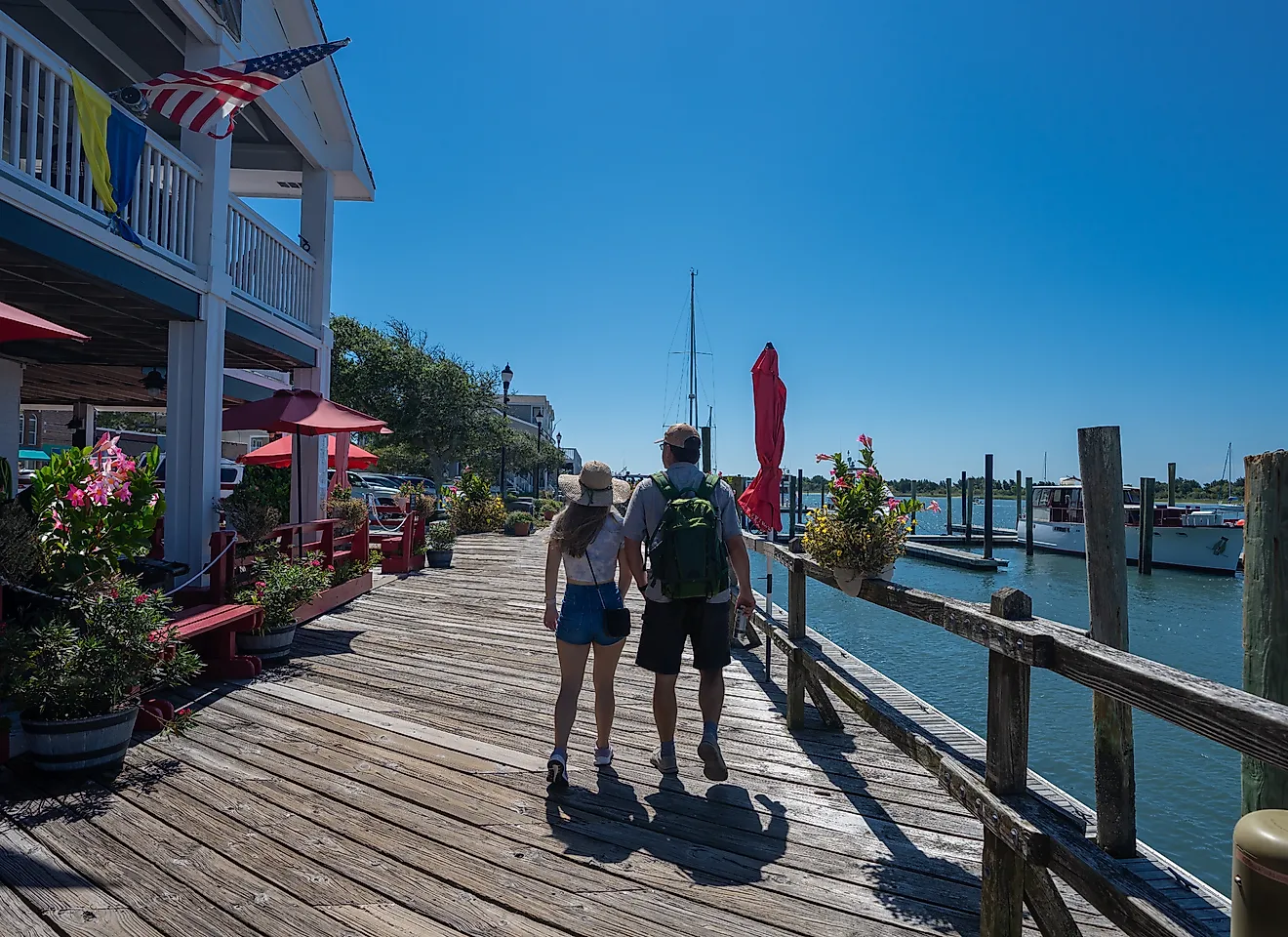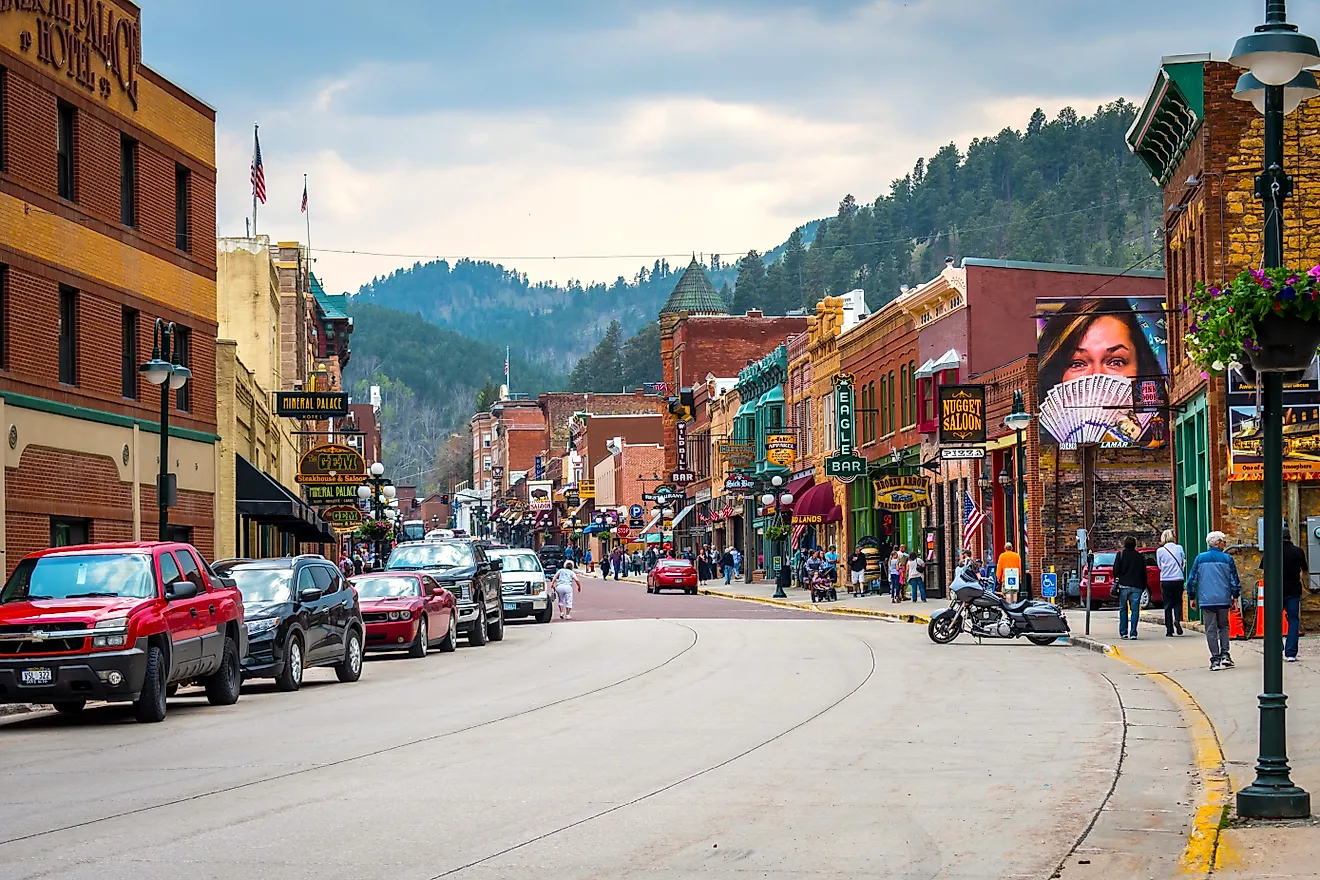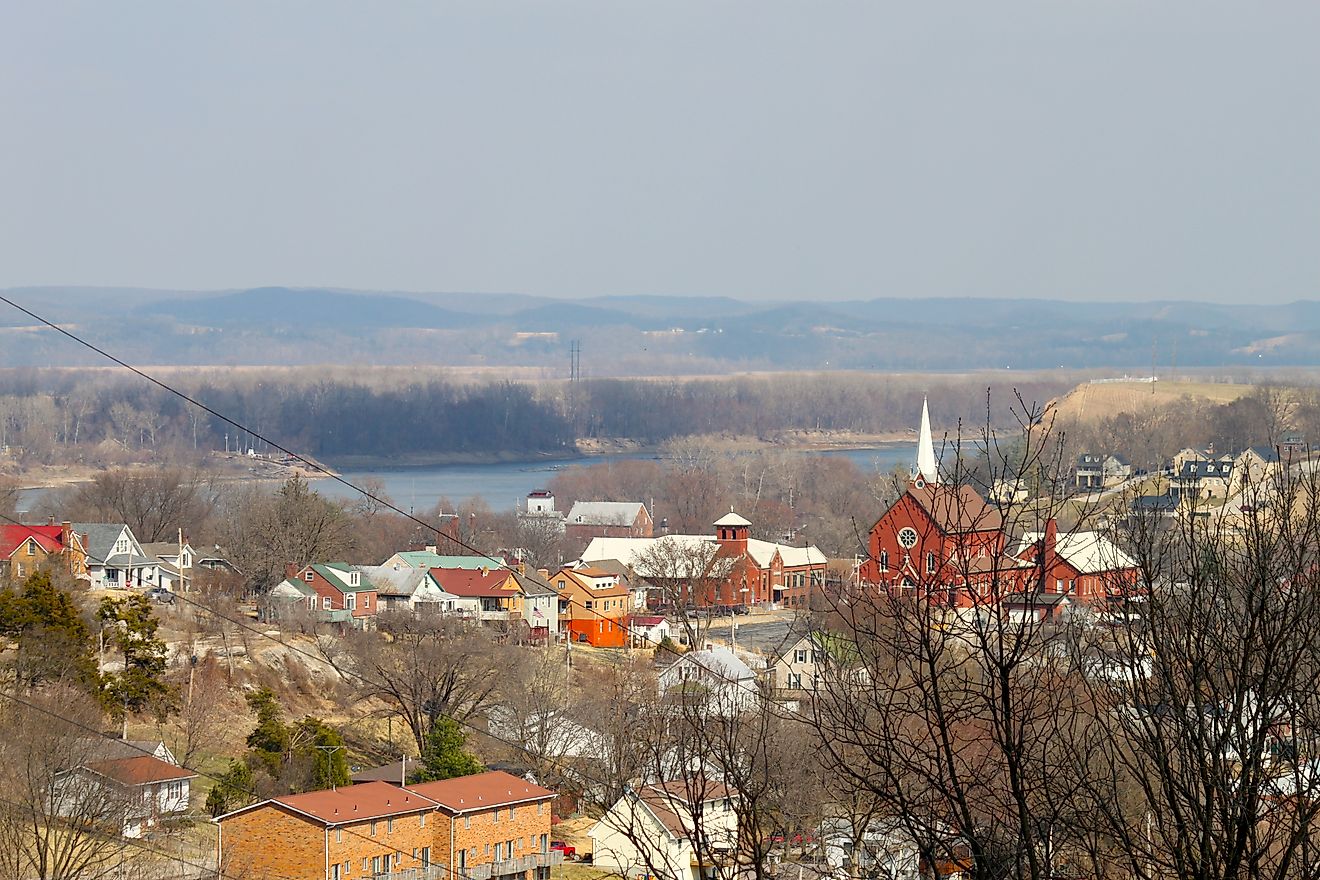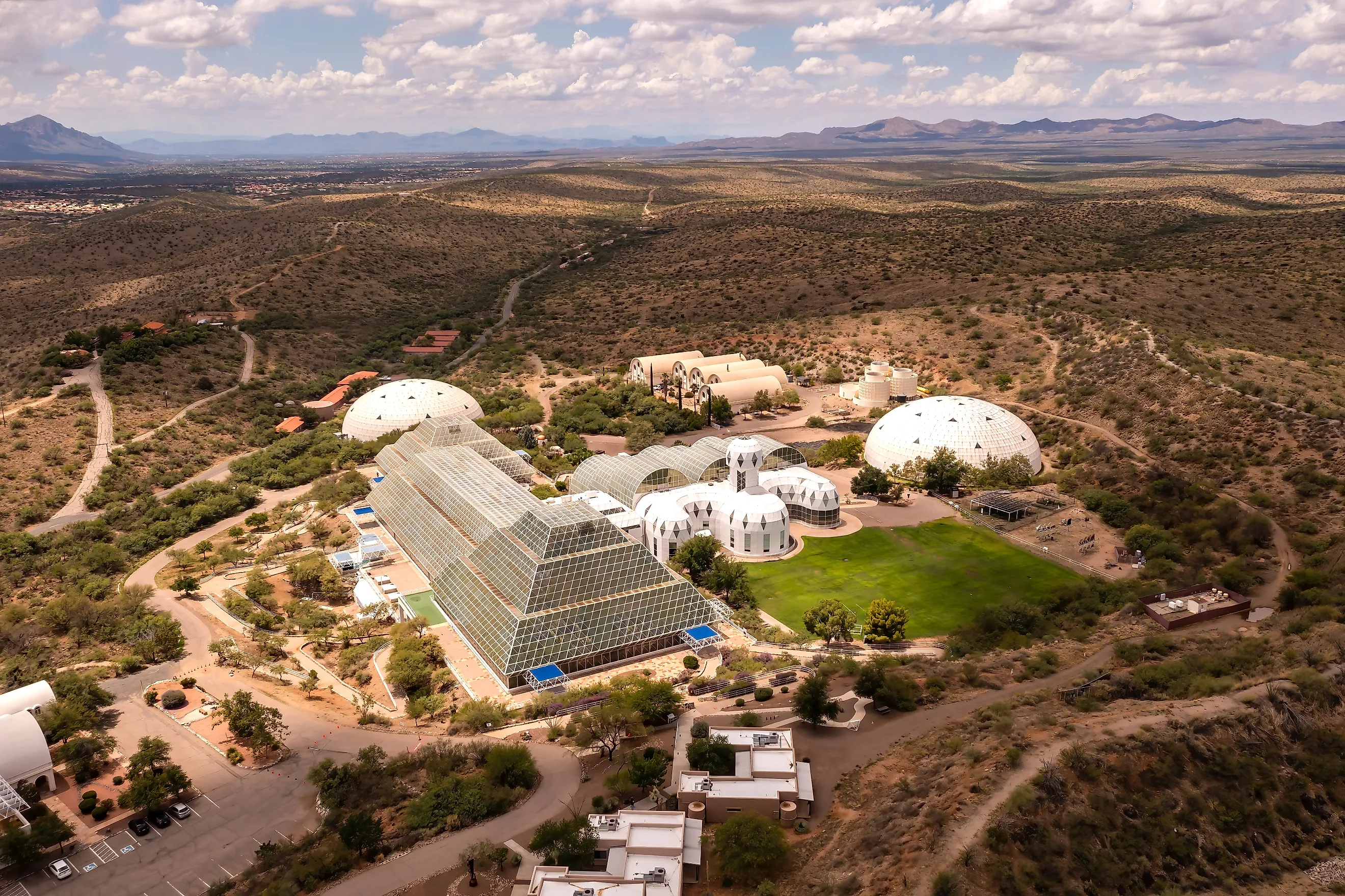
8 Of The Most Bizarre Landmarks In Arizona
Arizona may be full of jaw-dropping natural wonders like the Grand Canyon and Monument Valley, but sometimes the strangest stops are the most memorable. Beyond the red rocks and desert vistas, you’ll find eccentric experiments, giant fiberglass mascots, kitschy motels, and diners that proudly embrace their weird side. These 8 of the most bizarre landmarks in Arizona make a road trip through the Grand Canyon State anything but ordinary. Whether you’re chasing Route 66 nostalgia, stepping inside a sci-fi dome, or grabbing a bite at a café with a questionable menu, these quirky Arizona landmarks prove that the journey is just as fun as the destination.
Biosphere 2, Oracle
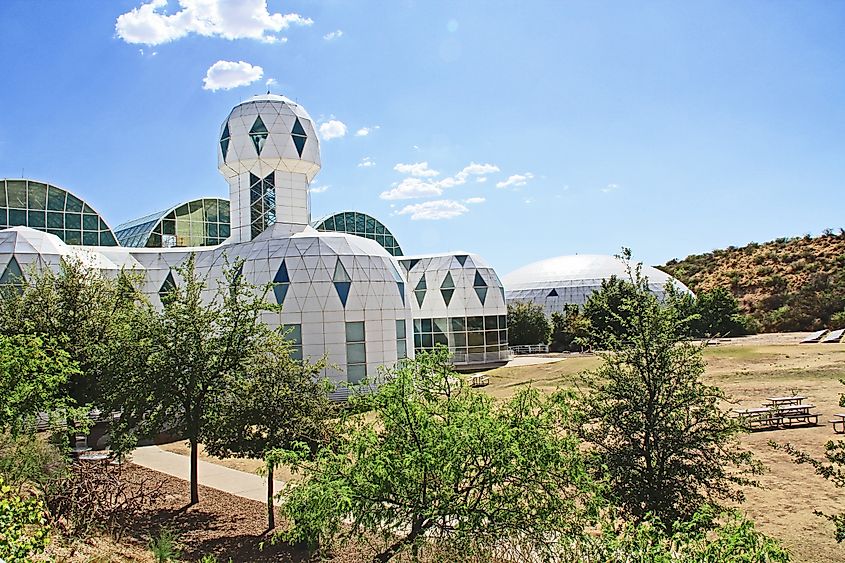
Looking like something straight out of a sci-fi novel, Biosphere 2 is today a research center and public attraction operated by the University of Arizona in the foothills of the Santa Catalina Mountains. Biosphere 2 is a massive glass and steel structure comprising pyramids, towers, and geometric shapes that contains five distinct biomes: a rainforest, a coral reef with an ocean, a savanna, a mangrove wetland, and a desert, as well as a living and agricultural area. Back in 1991, a group of eccentric scientists volunteered to hole up inside the dome for two years, attempting to survive on the food they grew and the air within the ecosystem. In an experiment that is now remembered as half-science, half-social experiment, the four men and four women were constantly hungry, lost weight, and their oxygen levels plummeted while the world watched on.
Today, you can book a 75-minute tour of Biosphere 2, walk through the biomes, and see where the original biospherians lived, cooked, and argued with each other. The film “Spaceship Earth,” a documentary about Biosphere 2, premiered at the 2020 Sundance Film Festival.
The Shady Dell, Bisbee
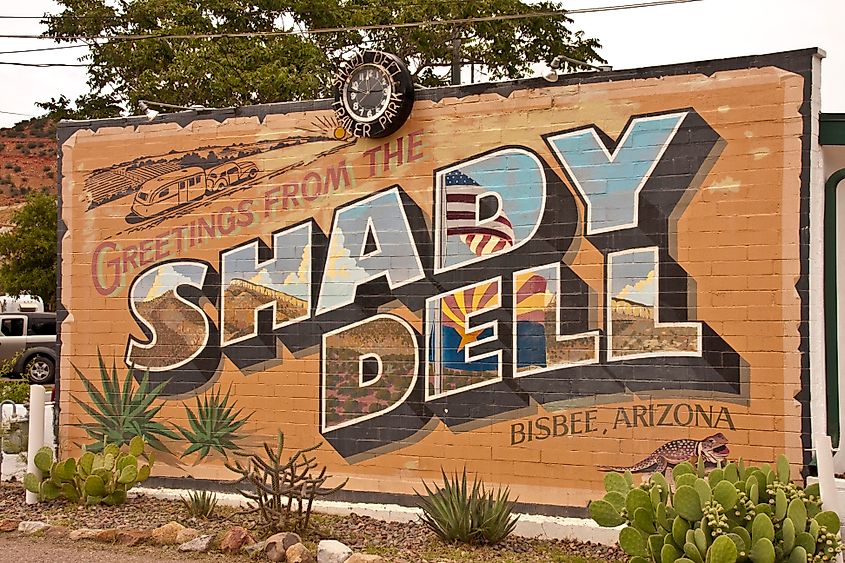
First opened in 1927, the Shady Dell was a welcome rest stop along U.S. Route 80, which snaked across the U.S. from the Georgia coast to San Diego, providing a shady spot under the trees for weary travelers to pull over, rest, and camp overnight. After 98 years, the Shady Dell remains a retro roadside attraction that continues to live up to its reputation. Today, nine vintage trailers are available for overnight stays in Bisbee’s popular trailer court, attracting trailer enthusiasts and travelers from across the U.S. The trailers are themed, like the 1955 Airstream, decked out in Southwest style with a cozy sofa and a vintage record player. Most trailers sleep 1-2 in twin beds, provide a small bathroom, and an old-timey coffee percolator.
Hobo Joe, Buckeye
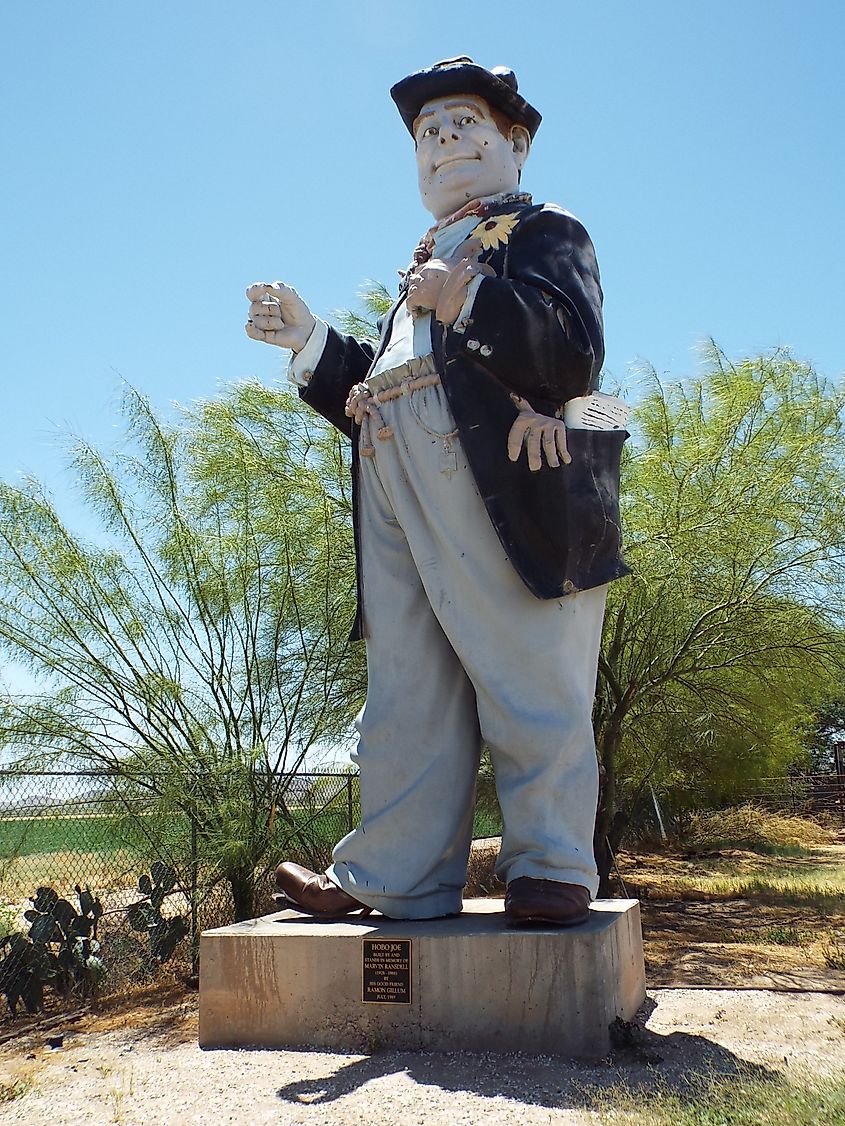
Hobo Joe is a 25-foot-tall, 1,000+ pound fiberglass statue in downtown Buckeye, Arizona. Created as the face of a coffee shop chain called Hobo Joe’s in Phoenix in the 1960s, when the chain went out of business in the late 1980s, Hobo Joe wound up in storage behind a meatpacking plant. In 1989, Joe came out of retirement and stood as a beloved landmark until the property where he stood went into foreclosure. That’s when the Buckeye Main Street Coalition decided to hold a fundraiser and restore Hobo Joe to his former glory. Today, he stands as a testament to resilience, adventure, and the enduring values of the American Southwest.
Taliesin West, Scottsdale
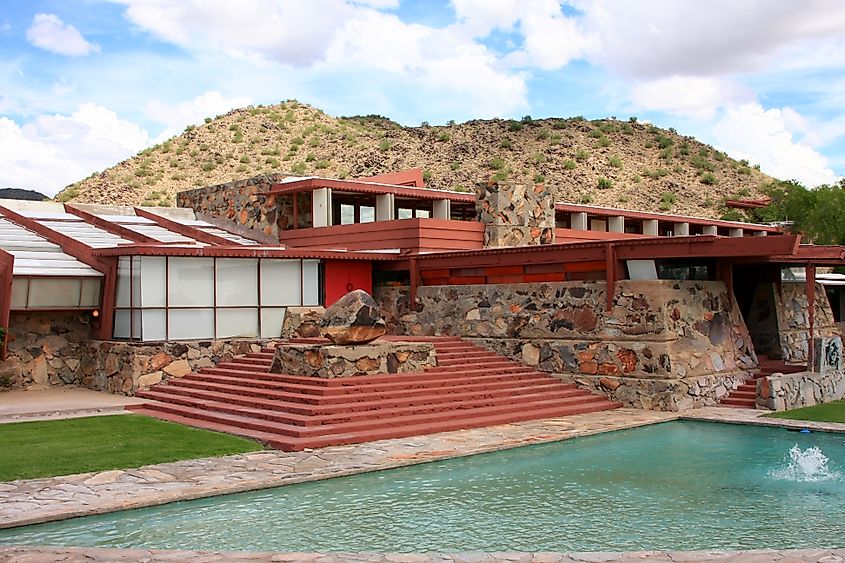
Taliesin is Frank Lloyd Wright’s winter home, a 500-acre preserve on the southern slopes of the McDowell Mountains in Scottsdale, Arizona. Established in 1937 and maintained by Wright and his students, the property is considered one of the architect’s most personal structures, comprising desert rocks, local sun-bleached wood, and low buildings, designed to mimic the expansive desert landscape on which it sits. Wright spent his winters there until he died in 1959.
Today, Taliesin West is a popular attraction, drawing in thousands of architecture enthusiasts, art and design lovers, and history buffs. There are various tours available, including a 60-minute walking tour that takes you both indoors and outdoors, visiting living spaces and studio areas. If a visit to Taliesin West leaves you wanting more, check out the concert hall at Arizona State University in Tempe and the First Christian Church in Phoenix, both designed by Frank Lloyd Wright.
Road Kill Café, Seligman
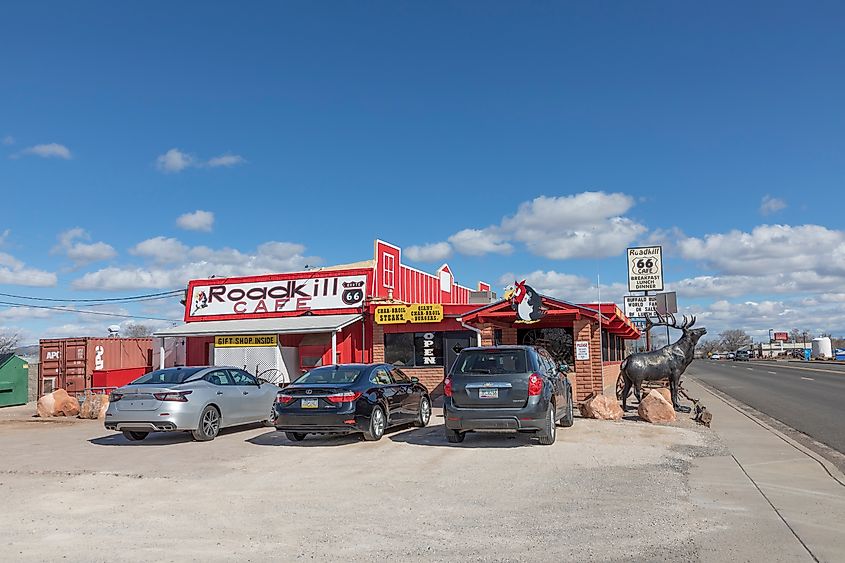
With a name like Road Kill Café and a slogan that proudly proclaims “You Kill It, We Grill It,” what you see is what you get at this quirky diner in Seligman, located on historic Route 66. Arguably, the most famous highway in the U.S., Route 66, starts in Illinois and ends in California. Of course, whereas the café probably served real roadkill once upon a time, today its menu serves typical diner-style food cleverly described as roadkill, including “Deer Delectables,” “Splatter Platter,” and “Fender Tenders.” While you’re there, be sure to check out a few other spots on the iconic highway, like the Historic Route 66 Motel and the Route 66 General Store.
Jack Rabbit Trading Post, Joseph City
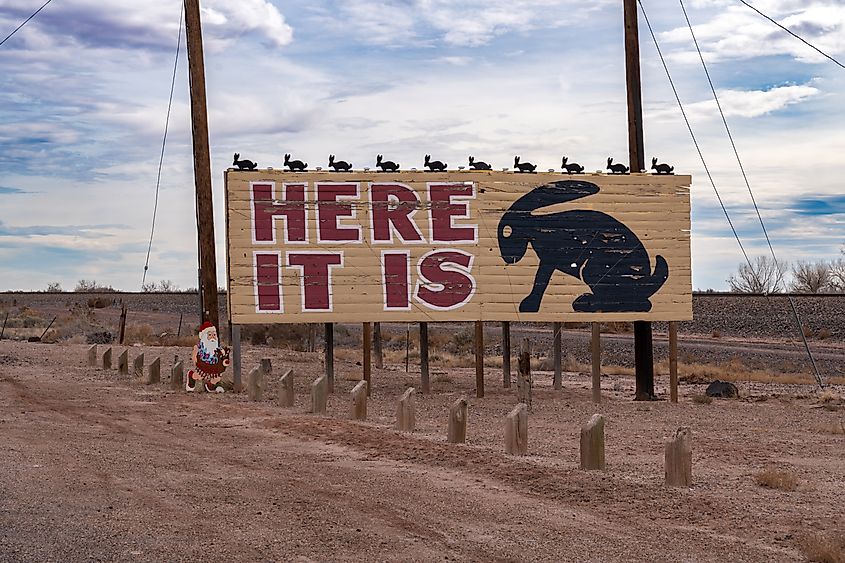
Another famous stop along the storied “Mother Road,” the Jack Rabbit Trading Post in Joseph City, Arizona, pays homage to a golden age of family road trips. Back in the 1940s and 1950s, families piled into station wagons with kids bouncing around unbuckled in the backseat in the pre-seatbelt era, looking for quirky roadside attractions to break up the drive. The Trading Post’s billboards, famously spread across hundreds of miles of Route 66, all pointed to one thing: a giant jackrabbit with the simple words “Here It Is.”
Today, you can still stop at the Jack Rabbit Trading Post to snap a selfie in front of the oversized rabbit and browse iconic Route 66 souvenirs, like collectable fridge magnets, Route 66 t-shirts, “Here It Is” license plates, Jack Rabbit keychains, ballcaps, you name it.
Sunset Crater Volcano National Monument
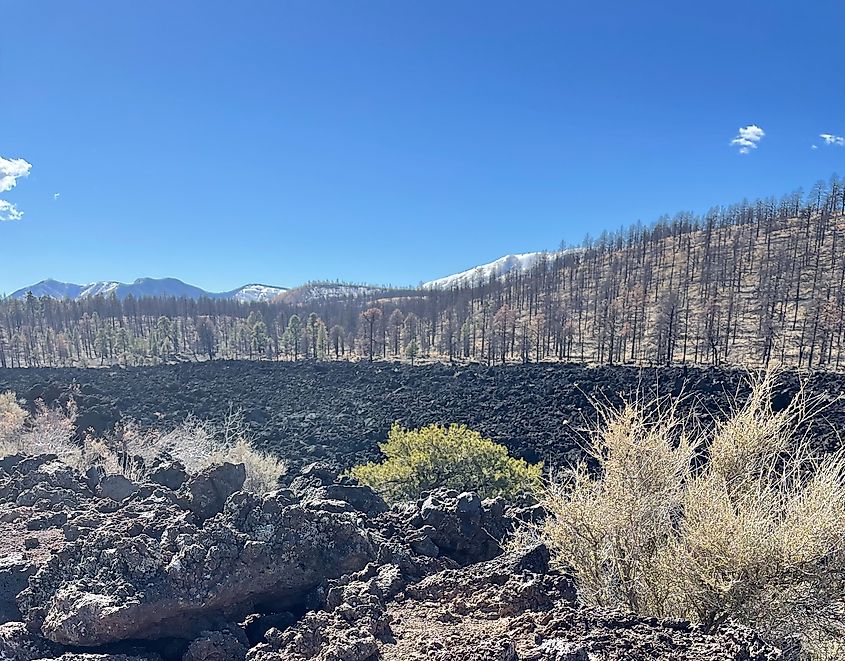
Just north of Flagstaff, the Sunset Crater Volcano National Monument is a striking landmark and one of the state’s most unique natural wonders. The volcano erupted approximately a thousand years ago, leaving behind a surreal landscape that resembles another planet so much so that NASA brought Apollo astronauts to the crater to train for lunar landings. They simulated moon walks, drove moon buggies over the spiky, black lava fields, and learned about geology in the lead-up to Apollo 17, the last time humans walked on the moon. In May 2023, the Sunset Crater was added to the National Register of Historic Places for its ties to the Apollo Program.
Today, while you can’t climb the crater anymore, you can hike around the 3,040-acre monument on designated trails only, including the 1-mile Lava Flow Trail, the shorter Bonita Vista Trail, and the 1.6-mile Lenox Crater Trail.
Wigwam Motel, Holbrook
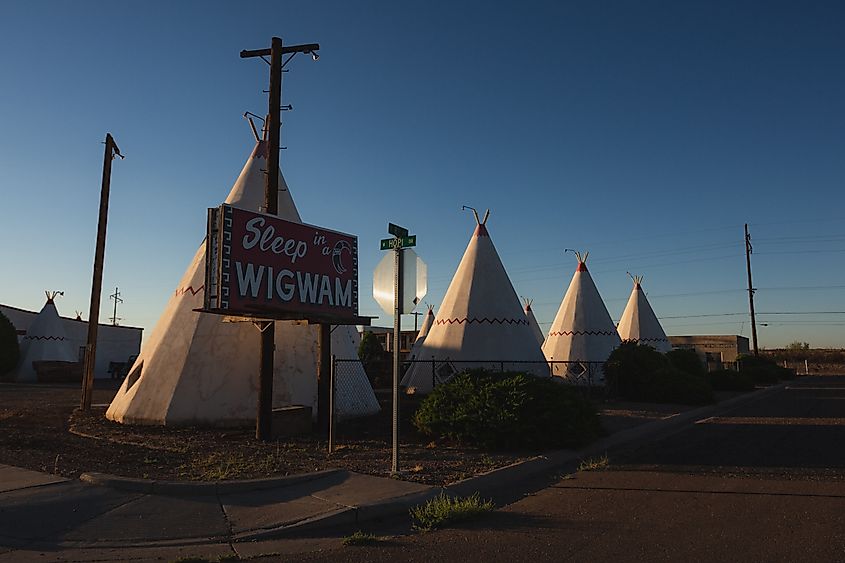
Long before Airbnb and boutique hotels, America had the Wigwam Villages, a small chain of motels built between the 1930s and 1950s that popped up in Cave City, Kentucky, Florida, Louisiana, California, and Holbrook, Arizona. Today, you can still check into one of these quirky, concrete teepees that look straight out of a 1950s postcard. Built in 1950, the Wigwam Motel. No. 6 is one of only three left standing, and it’s a slice of pure roadside Americana, complete with vintage cars parked out front for that perfect throwback photo for your Insta. Staying the night means cozying up in a circular room with just enough kitsch to make you feel like you’re starring in your own road-trip movie. It’s part motel, part living history, and all nostalgia for the golden age of car travel.
Arizona’s Most Bizarre And Beloved Landmarks
From towering fiberglass statues to volcanic moonscapes, Arizona is a state that doesn’t just take you sightseeing; it takes you on a cultural adventure. Its landmarks run the gamut from natural wonders like the Sunset Crater Volcano, where astronauts once trained for the moon, to quirky roadside icons like Hobo Joe and the Jack Rabbit Trading Post, which capture the spirit of the historic Route 66 road trip. Whether you go for the natural beauty, architectural genius, or the sheer weirdness of roadside America, Arizona’s landmarks offer a little something for everyone.
